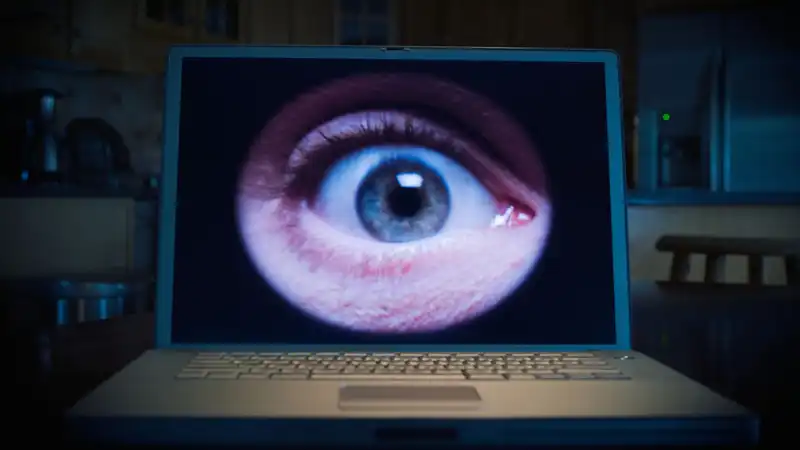If you are working on an important document in a busy environment and do not want to be seen at a glance what you are doing, you can use a privacy screen on your display or an application that darkens areas out of sight. Microsoft has patented a system that completely encrypts documents and makes them illegible at all times, except for the portion of the document that is directly visible on the display.
The details of the patent (via Windows Report) are similar to other such publications in that they do not cover specific details about how exactly everything works. Instead, it gives a broad overview of the nature of the technology, and what Microsoft proposes is a system that encrypts the document you are working on so that the content is secure but the overall structure of the text remains the same.
This is true even when the document is retrieved for display on a PC screen. But here's the best part. Using a suitable webcam or other device that can track your eye movements, the algorithm determines exactly where your focus is and uses that information to generate an alpha blend mask.
As your gaze moves, the "holes" follow along so that you don't suddenly bump into a line of unintelligible text. Statistical methods can be used to predict where your eye movements will lead, reducing the latency between eye tracking and mask movements. Others looking at the screen will just see dingy text.
Microsoft's algorithm takes into account that we use our peripheral vision quite a bit when reading, even though we are not directly focused on the text, and the edge of the mask is not a hard line between normal and encrypted text. It also takes into account that eye movements are not perfectly smooth (saccades).
Combined, these additions to the algorithm look a bit better than the Privacy View feature of AMD's Adrenalin software.
However, as with any such eye-tracking security feature, it does not seem to prevent certain problems. If the original document is visible and readable on any part of the screen, there is always the possibility that someone could see it. None of these software-based privacy systems can stop someone from taking an image of your screen from a distance or from outside the field of view of the eye-tracking device.
Still, Microsoft's system is, in my humble opinion, considerably better than laptop privacy screens. Of course, there is always the option of not touching sensitive documents in public, but if you are forced to do so, I would prefer that the content be genuinely encrypted in some way, rather than merely darkened a bit.


Comments